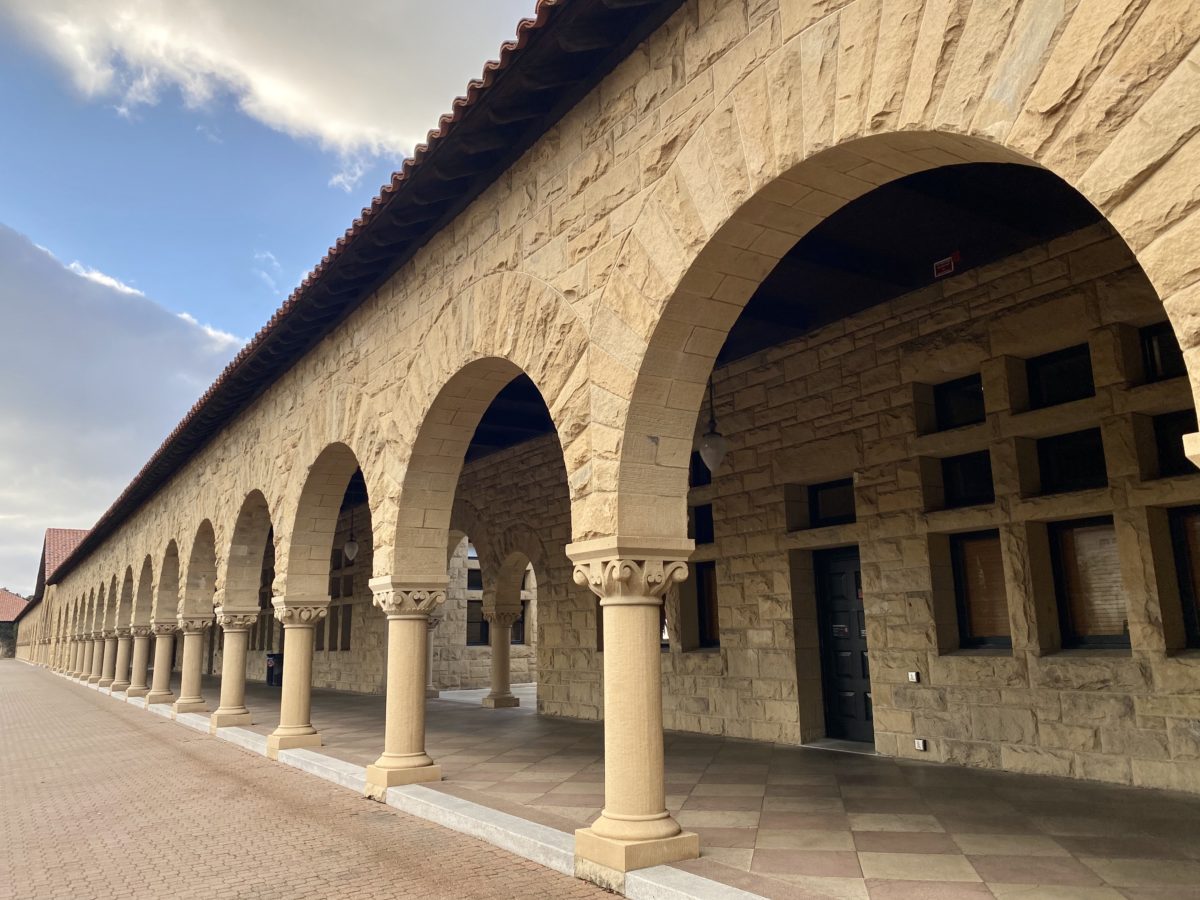Frosh and sophomores will be invited back to campus for the fall and summer quarters for the coming academic year, while juniors and seniors will be allowed back for the winter and spring quarters, according to an Monday afternoon announcement by Vice Provost for Student Affairs Susie Brubaker-Cole and Vice Provost for Undergraduate Education Sarah Church.
“We realize that this schedule will be challenging to everyone, and especially to frosh and sophomores who have a two-quarter gap between their on campus quarters,” they wrote in an email to the campus community. “We will be paying special attention to helping them consider how best to arrange their schedules, and what options are available for their quarter off-campus.”
Frosh and new transfer students are required to enroll in fall quarter, while students in other cohorts can choose to enroll in any three quarters. No student is required to return to Stanford for any in-person quarters, but undergraduate students must live on campus in student housing in order to attend on-campus classes or participate in any-on campus activities, according to the announcement.
“While we very much look forward to welcoming undergraduates back to campus, we need to be clear about what you should expect regarding the safeguards that need to be implemented,” Brubaker-Cole and Church wrote, acknowledging that these measures will create restrictions on social life and “fundamentally change the student experience.”
It is unlikely that campus parties and events will be allowed, while smaller gatherings may also be limited, they wrote. In addition, face coverings will be required everywhere on campus, including dorm common areas and dining halls. The email also indicates that there will be regular COVID-19 testing, contact tracing and quarantining, as well as restrictions on in-person classroom use, guests and travel.
Financial aid will be available to eligible students for three quarters of enrollment.
Co-term students who are paying undergraduate tuition will be considered an undergraduate, and are eligible to live on campus alongside their undergraduate class cohort. If they are paying graduate tuition, they will be considered graduate students and the residency restrictions will not apply to them. The University had previously announced that they do not expect major changes to graduate student residences.
The housing assignment process is expected to begin in late July, with decisions released by the end of August. Student staff will receive additional information from Residential Education (ResEd) in the coming days.
Limited housing will be available for undergraduates with special circumstances, which “may include” international students, students experiencing homelessness, students with unsafe home environments or home environments which prevent them from participating in remote learning and student-athletes. An application process for these reserved spaces is expected to be available in early July, with decisions being sent out in late July.
The University will continue to send updates on the planning process through weekly “Re-Approaching Stanford” newsletters. Due to the changing conditions caused by COVID-19, plans between now and September may be modified.
“We deeply appreciate the many students, faculty, staff and family members who contributed to our thinking and the ASSU for their highly informative survey of undergraduate students on this topic,” Brubaker-Cole and Church wrote. “Your ideas and expressions of concern were central to our decision process.
Important factors in determining the plan included spring graduation for seniors and reduced flexibility in course choices for seniors and many juniors because of “their proximity to graduation,” according to the announcement. Additionally, the summer following junior year is a “critical time” for internships, research or honors thesis work.
Most courses will be online for the 2020-2021 academic year, they wrote, to ensure that all students have access to necessary classes regardless of their campus housing status. As departments and programs are in the process of adjusting course schedules for the on-campus cohort plan, the University has indicated that there will be “some changes” to the quarter in which some courses are typically offered. The fall quarter will begin on September 14 as previously announced, but further dates and details are to be determined.
Undergraduates will be housed in all residences with resident fellows in addition to Suites, Mirrielees, and the new Escondido Village Graduate Residences Building A. The Studio 2 building in Escondido Village will house all students required to quarantine, and Row houses excluding Muwekma-Tah-Ruk will serve as isolation housing for all students who have tested positive for the coronavirus. Ujamaa, Casa Zapata, Muwekma-Tah-Ruk and Okada will be next year’s ethnic theme dorms.
All undergraduate housing will operate at a reduced capacity to ensure social distancing and other public health measures. All undergraduates will be assigned singles or two-room doubles.
The University wrote that it is still working on move-in-dates and a move-in process, as well as a grading policy. The University also wrote that it is working on developing a process for required testing, contact tracing and quarantine or isolation. Brubaker-Cole and Church also wrote that they are working to put in a leave of absence policy that aligns with changes to the academic year. Students can share input on plans for the 2020-2021 academic year through this form. If students have questions, they may submit a ServiceNow ticket here.
Contact Emma Talley at emmat332 ‘at’ stanford.edu and Helena Zhang at helenaz ‘at’ stanford.edu.
